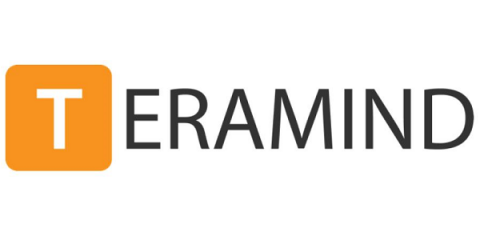5 Year-End Productivity Goals Every Company Can Embrace
For many people, work was redefined in 2021. Whether employees navigated a remote work environment for the first time or managed new tools associated with accelerated digitalization, the way work was accomplished – and what even constitutes work – looks different than it did a year ago, and it will continue to evolve in the year ahead.


